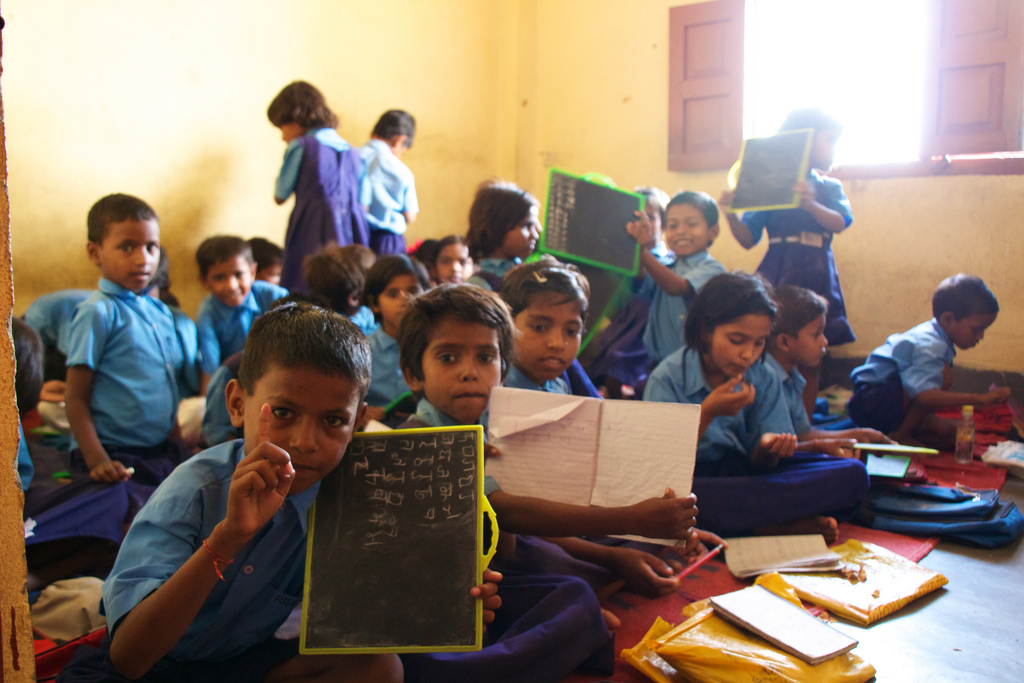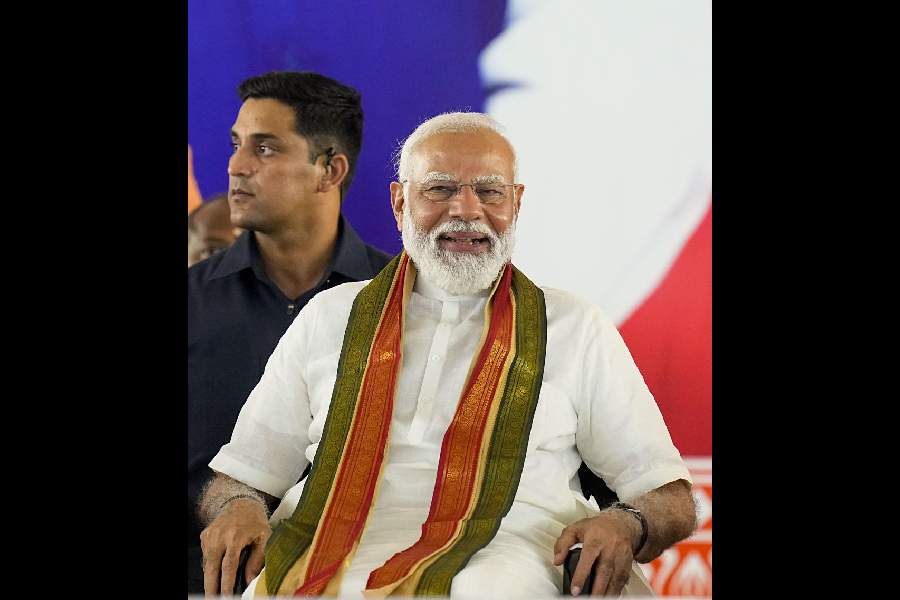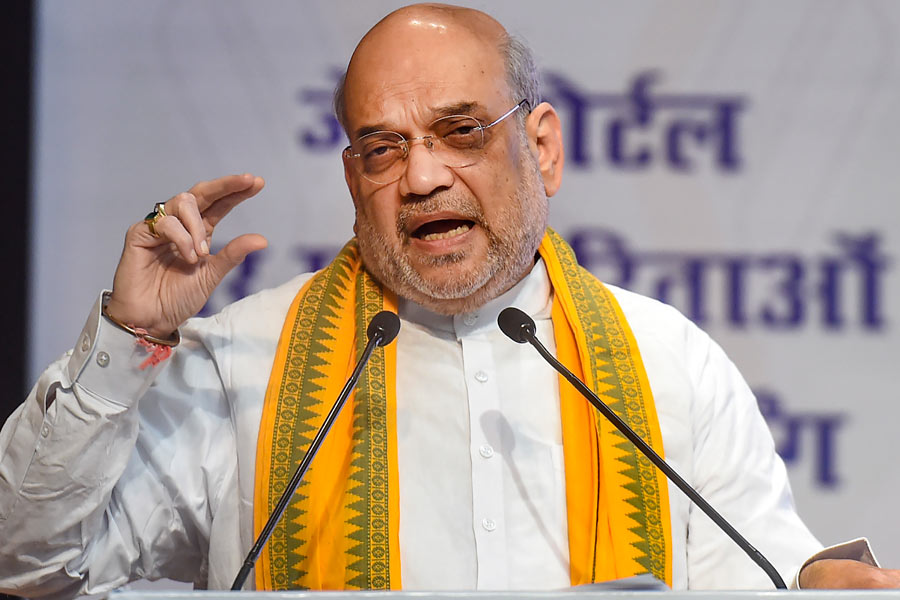
Somebody had asked me a few decades ago, "What kind of school do you want your school to be?" My answer was: a "thinking school". If I were to be asked the same question today, my answer would be the same. A book I read and a conference I attended, both recently, set me thinking about 'thinking' all over again. The book was Making Thinking Visible by Ron Ritchhart, Mark Church and Karin Morrison, and the conference was on 'The Idea of Culture' under the broad umbrella of 'History for Peace'.
It is accepted that cognition is invisible, and it is only the outcome of the thinking process that indicates that thinking has been done. And here I was, reading a book about metacognition which wanted us to develop a culture of thinking by making it visible! The term 'thinking' can mean a host of things. When an exasperated teacher raises her voice in class and orders her students to think, it does not mean that her students are not thinking. Everybody knows that we are engaged in some form of thinking all the time. The teacher merely wants her students to reflect on the issue at hand. In this case, the kind of thinking that is being called for is different from simple recall. Perhaps the teacher is asking for a solution to a problem she has posed or a logical answer to a question she has just asked. The question is, how do we instil a thinking culture in our schools? The first obvious step is to get children to keep asking questions.
A phenomenon I marvel at is that almost every child comes to school bursting with natural curiosity, full of questions about life and interesting observations about the world. We - teachers and parents - successfully kill their curiosity and spontaneity. We transform our children into "examination warriors" (to borrow an expression from our prime minister's repertoire of colourful phrases) and seekers of marks and grades. As soon as the primary child is promoted to a higher level, the transformation begins. Gone are the interesting questions, the easy laughter and the sheer physical energy. Instead, we have the pat responses and the copybook answers to stock questions. The bright, sparkling eyes often look tired and glazed now. The secret of bringing the child back to life is to set up an environment of enquiry and reflection and stop making our children's lives exam-centric. It is certainly better to do away with constant testing than to kill our children's spirits.
Sometimes we do spot children who refuse to be performing animals or passively do what everybody else is doing. And they do not seem to be overly worried about not getting top marks, much to their parents' distress and the teacher's disappointment. The general refrain is, "She has the potential but does not put in adequate effort." The school report is likely to bear the remark: Can do better. This is not a very profound observation: surely all of us can do better at whatever we are doing. But independent, carefree children do not agonize over their school reports for long. They get on with the far more important job of learning from life. They are usually the ones with intriguing questions not related to the syllabus. They think up initiatives to save the environment, to play football, to start their very own newspaper or just to go sky-watching.
The conference threw up many interesting thoughts on developing a 'historical temper', not unlike the scientific temper we all try to achieve. Professor Janaki Nair introduced us to the delightful series, Young Historians, through a video clip. In one episode I watched on YouTube at home, the village master had craftily placed assorted objects from different places in an old house, and asked his small students to figure out from the objects who had lived in the house, what kind of lifestyle they had led and any other information they could derive. The arguments, questions, discussions and inferences of the puzzled children were a treat to behold.
The book I mentioned earlier encourages us to establish "thinking routines". Questioning, arguing, reflecting and agreeing should be an integral part of a child's everyday life, and part of a teacher's life too. We need to think about what we say when we engage with our students. A recent encounter I had with a small boy convinced me that he had internalized what his teachers and parents said about him. I was aghast when he told me quite matter-of-factly that his problems were that he "lacked social skills" and had a "bad reputation"! This 11-year old must have been a nuisance in class, but I am convinced his conduct would have improved if he had been made to reflect on the causes and outcomes of his behaviour.
If we deliberately encourage 'thinking', we will not put down a child for a 'wrong' answer in class. Instead, we will try to find out how she arrived at that conclusion. Sometimes the reasoning displayed is far more interesting and valuable as a mental exercise than the right answer gleaned from a book. It actually stunts mental growth if we keep looking for 'the right answer'. We must ask more open-ended questions and keep in mind that there can be multiple ways of looking at the same thing. Once the culture of thinking takes root, children will process information far more meaningfully. They will make connections, learn to challenge age-old beliefs, and rediscover the wonder of learning.










